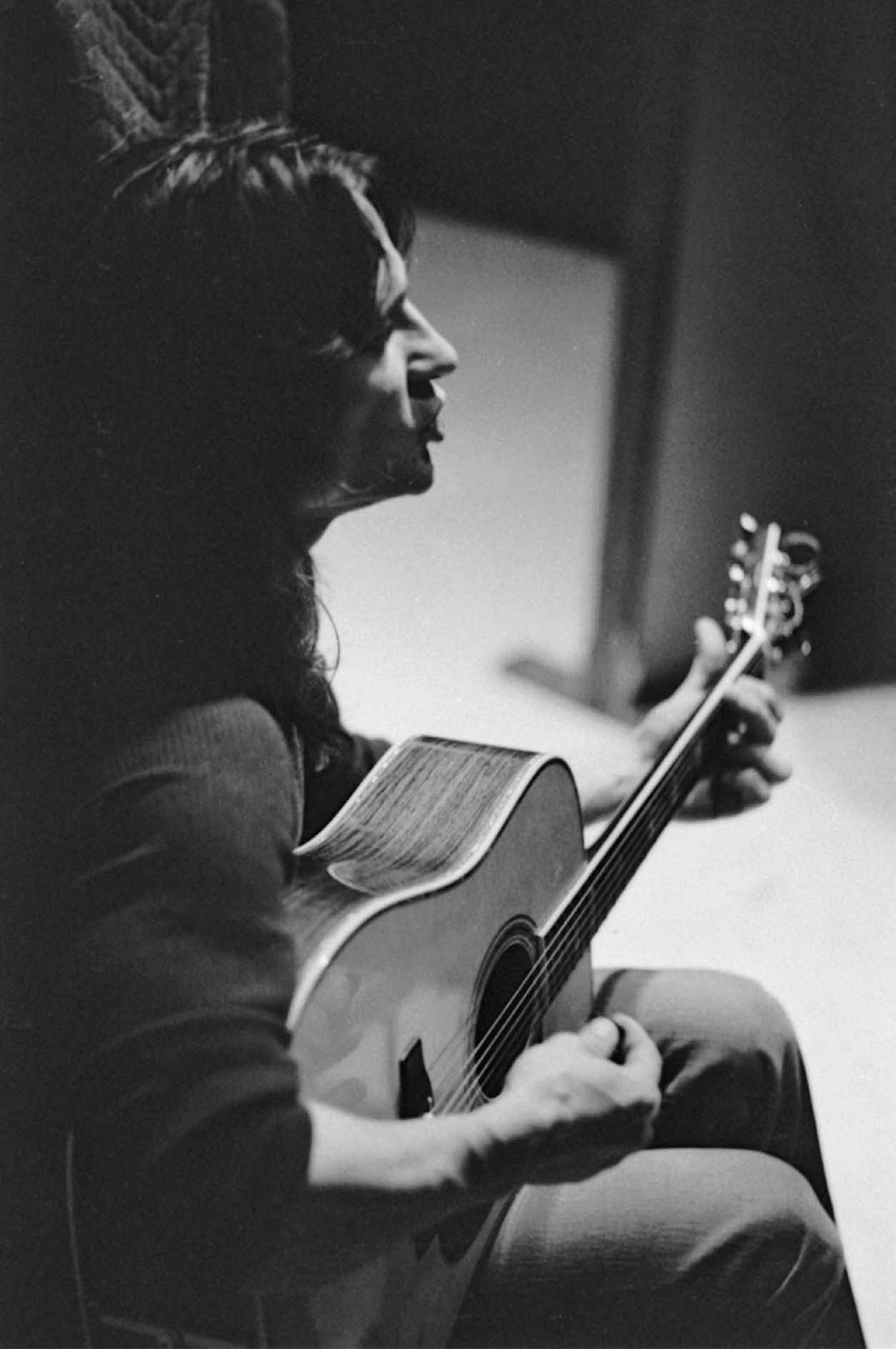
Original Byrd and singer-songwriting legend Clark crafted highly poetic folk and country-rock
JOHN DIETRICH-FROM THE COLLECTION OF WHIN OPPICE
Few words imply a sense of commercial and critical failure in the music industry quite as effectively as the phrase ‘lost classic’. Over the decades, numerous such albums have failed to pique the interest of record buyers or critics on their release, either through simple lack of promotion or the records being too far ahead of the curve for listeners to grasp their greatness.
Titles such as Safe At Home (1968) by International Submarine Band, Parallelograms (1970) by Linda Perhacs, Dixie Fried (1972) by James Luther Dickinson and California (1988) by American Music Club. Another record that fits seamlessly into this category is No Other, the fourth solo album by revered singer-songwriter and founder member of The Byrds, Gene Clark.
Released in 1974, No Other received no promotion from Asylum, the label that had funded it to the tune of $100,000. It was roundly ignored by the public and critics alike, rejected by most as an exercise in bloated studio excess. The album peaked briefly at No. 144 in the Billboard charts, before plummeting into obscurity. For Clark, who had invested so much of himself in the album, the response was devastating.
Four and half decades on and No Other is viewed in a wholly different light. This month, to mark what would have been the 75th birthday of the late Gene Clark, 4AD have unveiled a lush and expansive reissue, remastered at Abbey Road Studios. The release reflects burgeoning interest in Clark and the album that is widely regarded as his masterpiece.
THE REAL THING
Sadly, it took the death of Gene Clark in May 1991 to prompt renewed interest. The album’s reappraisal began with its first reissue, on CD, later that year. In the early 2000s, No Other was reissued a second time to positive critical acclaim.
For many, Gene Clark is inextricably linked to the folk-rock and country-rock of late-60s and early-70s LA. But unlike most of his more urbane contemporaries on the LA scene, he was the real thing – a musician from America’s rural heartland who was immersed in folk and country music traditions from his childhood.
Harold Eugene ‘Gene’ Clark was born in Tipton, Missouri on 17 November 1944, the third of 13 children in a family of Irish, German and American Indian heritage. The family moved to Kansas City, Missouri, where as a boy he began learning to play the guitar and harmonica from his father. By the age of 11, he was writing his own songs, going on to develop a rich tenor voice and playing with regional folk bands after graduating from high school. In 1963, his talents were spotted by renowned folk ensemble the New Christy Minstrels, who hired him.
Clark recorded two albums with the band, but left in early 1964, after being transfixed by a song he heard on a jukebox. The song was She Loves You by The Beatles and Clark was reportedly so entranced by the record that he played it 50 consecutive times. He promptly left the New Christy Minstrels and moved to Los Angeles, where he met fellow folkie and Beatles convert Roger McGuinn at the Troubadour Club. Together, they began assembling a band that would become The Byrds.
TROUBLED SOUL
Along with new recruit David Crosby, Clark and McGuinn forged a fearsome trio of songwriters. They co-wrote the band’s first self-penned hit, Eight Miles High. But while McGuinn and Crosby went on to achieve the greatest level of fame, Clark was arguably the one with the most talent, writing or co-writing many of their best-known songs, such as Set You Free This Time and I’ll Feel A Whole Lot Better.